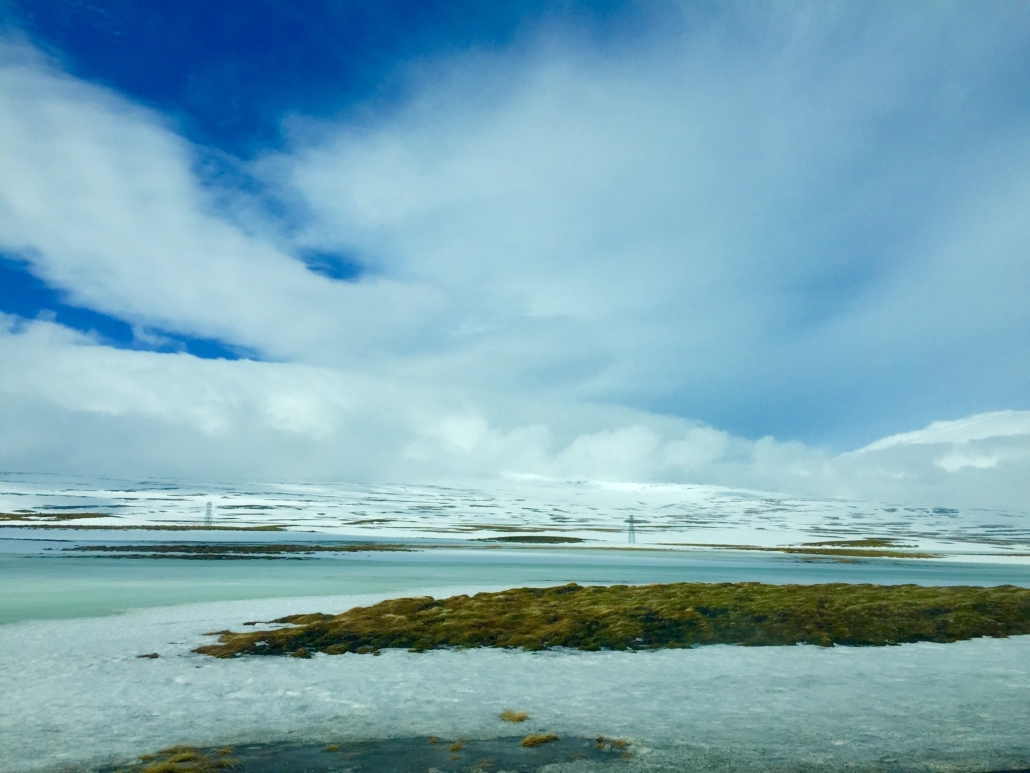10 Facts About Life Expectancy in Iceland

Iceland, one of the healthiest European countries, lies between the Greenland Sea and the North Atlantic Ocean. Icelanders tend to outlive people from other richer, warmer and more educated countries. Below are 10 facts about life expectancy in Iceland that determine what factors may help Icelanders live longer lives.
10 Facts About Life Expectancy in Iceland
- On average, males and females in Iceland have a life expectancy at birth of 81 and 84 years respectively. Life expectancy increased from a combined national average of 78.8 years in 1994 to a combined national average of 82.4 years in 2016.
- Iceland has one of the lowest mortality rates in Europe. The average mortality rate is 6.5 per 1,000 inhabitants and the infant mortality rate is 2.7 per 1,000 live births, both below the European average of 10.2 and four. Not only do children under the age of five have better survival rates, but they also have a better chance of growing into healthier adults.
- Compared to the OECD average of 3.4 and three per 1,000 population, Iceland has a higher number of doctors and nurses with 3.8 doctors and 15.5 nurses per 1,000. A higher proportion of medical practitioners is a reflection of Iceland’s well-performing health care system.
- The health expenditure in Iceland picked up in 2012 after a dip following the 2008 financial crisis. The expenditure of $4,376 per capita is higher than the OECD average of $3,854 and accounts for 8.7 percent of its GDP. It has universal health care, 85 percent Icelanders pay through taxes. Private insurance is almost absent. This shows that health care is affordable and accessible in Iceland.
- The diet of the Icelandic people contains more fish and less meat. Fish is more beneficial for heart health due to the presence of omega-3 fatty acids. Healthier diet choices could be one factor that helps Icelandic people live longer.
- Research shows that the environment is a major determinant of health, and therefore, longevity. Iceland boasts clean air and water. Its dependence on geothermal resources for energy instead of fossil fuels ensures an unpolluted environment. Further, natural hot springs occur all across the country. The cleaner and colder environment protects people from many communicable and infectious diseases which may help them live longer and healthier lives.
- Iceland is the eighth-most urban country in the world. Ninety-four percent of its population lives in urban areas and cities with access to basic amenities like electricity, clean drinking water and sanitation. Life expectancy for a country increases with an increase in urbanization.
- Good genetics may have played a role in higher life expectancy of Icelanders. Studies showed that those above 90 years of age share more similar genes compared to control groups. One possible explanation could be the harsh environmental conditions that Icelanders faced historically, which filtered their genes so that they would pass on the ones that helped them survive.
- Despite the harsh weather conditions, Icelanders have higher physical activity when compared to other European nations. Almost 60 percent of the Icelandic people perform some form of exercise for at least 150 minutes per week. Icelandic people like to participate in outdoor activities such as hiking, swimming and skiing.
- Iceland has the lowest proportion of substance abusers among all European countries. It reduced its percentage of drug users from 42 percent in 1998 to five percent in 2016. By imposing curfews and keeping teens busy in sports and activities, Iceland was able to divert them from drugs towards healthy habits. This is an important factor when considering the life expectancy of a nation. People do not tend to die from drug-overdose and they also live healthier and economically stable lives.
Icelanders show that lifestyle can have a major effect on how long people live. Both the Icelandic people and their government made efforts to improve their health statistics by reducing the consumption of fossil fuels and drugs and increasing physical activity. These top 10 facts about life expectancy in Iceland are full of lessons that people of other nations can learn and apply as successful health interventions.
– Navjot Buttar
Photo: Flickr
